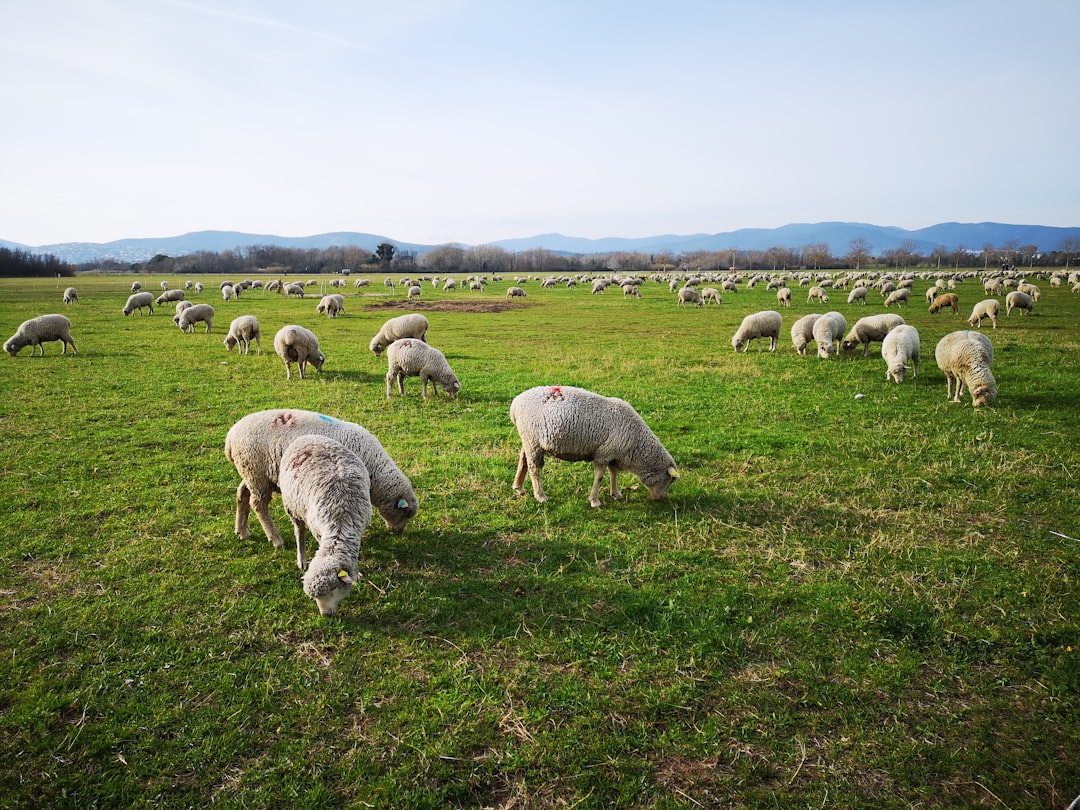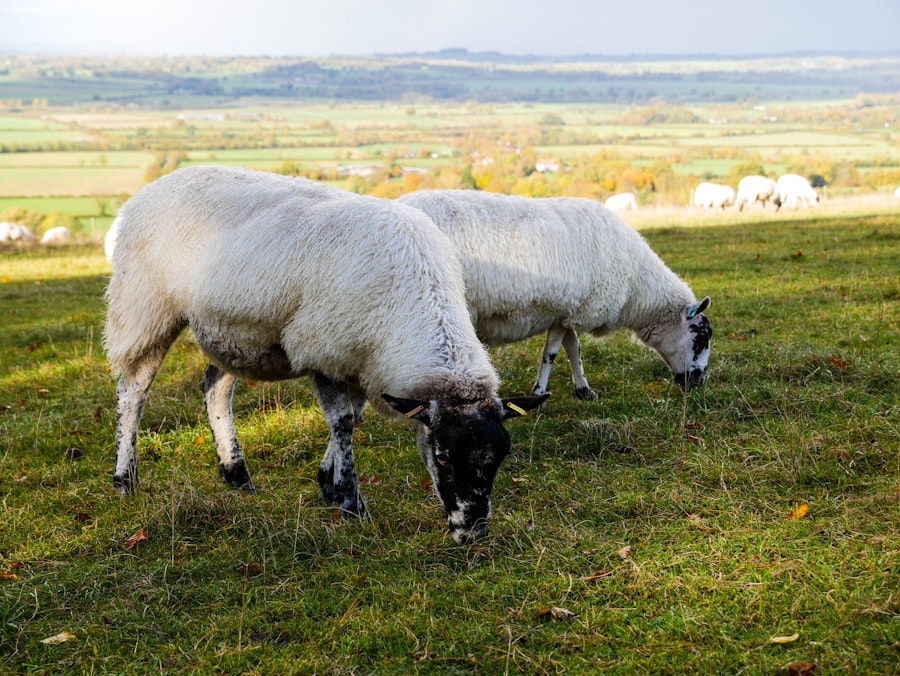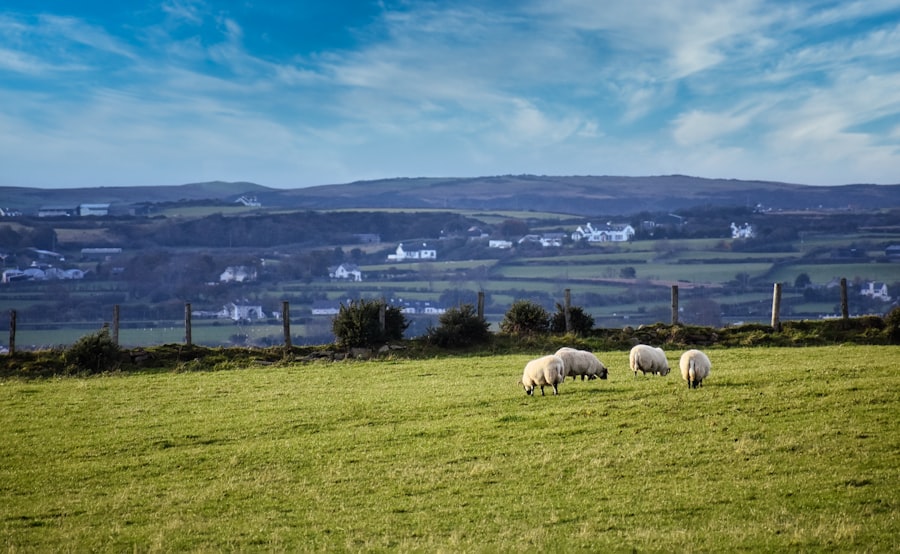
The Faroe Islands, an archipelago nestled in the North Atlantic Ocean, are a unique blend of rugged landscapes, rich cultural heritage, and a vibrant community. Comprising 18 islands, the archipelago is part of the Kingdom of Denmark, yet it possesses a distinct identity shaped by its geographical isolation and historical influences. The islands are characterized by dramatic cliffs, lush valleys, and a climate that oscillates between temperate and maritime, creating an environment that is both challenging and breathtakingly beautiful.
The capital city, Tórshavn, serves as the cultural and economic hub of the islands, where traditional Faroese culture coexists with modern influences. The allure of the Faroe Islands lies not only in their stunning natural beauty but also in their unique way of life. The population of around 50,000 people is known for its strong sense of community and deep-rooted traditions.
The islands have a rich history that dates back to the Viking Age, and this heritage is reflected in the local language, music, and culinary practices.
Key Takeaways
- Faroe Islands is an autonomous territory within the Kingdom of Denmark, located between Iceland and Norway in the North Atlantic Ocean.
- The Faroe Islands have a population of around 50,000 people and are known for their stunning natural landscapes, rich history, and unique culture.
- Visitors to the Faroe Islands can explore picturesque villages, dramatic cliffs, and stunning waterfalls, as well as enjoy traditional Faroese cuisine and hospitality.
- The Faroe Islands are home to a variety of natural wonders, including the famous sea stacks of Drangarnir and the breathtaking Lake Sørvágsvatn, which appears to hang above the ocean.
- The Faroe Islands also boast a rich history and culture, with ancient Viking sites, traditional Faroese music and dance, and a strong sense of community and tradition. When exploring the Faroe Islands, it’s important to respect the local customs and environment, and to be prepared for changeable weather and rugged terrain.
Interesting Facts about Faroe Islands
Nature’s Paradise
The archipelago is a haven for nature enthusiasts and bird watchers, boasting a diverse range of wildlife, including puffins, seabirds, and marine mammals. The islands’ dramatic topography features steep cliffs that rise sharply from the ocean, creating a striking contrast against the vibrant green hillsides.
Sustainability and Environmental Preservation
The Faroe Islands are committed to sustainability and environmental preservation, making significant strides in renewable energy. Over 100% of their electricity is generated from hydroelectric and wind power. This commitment extends to their fishing practices, with strict regulations ensuring the long-term health of fish stocks.
A Culinary Scene Rooted in Sustainability
The islands have a rich culinary scene that emphasizes local ingredients, including seafood, lamb, and dairy products. This focus on sustainable practices showcases the importance of environmental responsibility in Faroese cuisine, making the Faroe Islands a unique and fascinating destination.
Must-Visit Places in Faroe Islands

When exploring the Faroe Islands, one cannot miss the enchanting village of Gásadalur. Perched on a cliffside with breathtaking views of the surrounding mountains and ocean, Gásadalur is famous for its picturesque waterfall, Múlagljúvur. The village is accessible via a tunnel that was completed in 2006, which has transformed it from an isolated settlement into a popular destination for visitors.
The charm of Gásadalur lies in its traditional grass-roofed houses and the serene atmosphere that envelops the area. Hiking trails lead from the village to nearby peaks, offering panoramic views that are nothing short of spectacular. Another must-visit location is the island of Mykines, renowned for its dramatic cliffs and abundant birdlife.
Mykines is often referred to as the “bird island” due to its large populations of puffins and other seabirds that nest along its shores. The island can be reached by ferry or helicopter from the mainland, making it an adventure in itself. Once on Mykines, visitors can explore well-marked hiking trails that lead to stunning viewpoints and secluded beaches.
The iconic Mykines Lighthouse stands as a testament to the island’s maritime history and offers a perfect backdrop for photography enthusiasts.
Natural Wonders of Faroe Islands
| Wonder | Location | Description |
|---|---|---|
| Trælanípan | Vágar Island | A cliff with a natural bridge offering stunning views |
| Múlafossur Waterfall | Vágar Island | A picturesque waterfall dropping into the Atlantic Ocean |
| Gásadalur | Vágar Island | A remote village with breathtaking views of the surrounding cliffs |
| Sørvágsvatn | Vágar Island | An optical illusion lake that appears to merge with the ocean |
| Slættaratindur | Eysturoy Island | The highest mountain in the Faroe Islands offering panoramic views |
The natural wonders of the Faroe Islands are truly awe-inspiring and offer a plethora of opportunities for outdoor exploration. One of the most iconic sights is the towering sea stacks known as Risin og Kellingin, which rise dramatically from the ocean off the coast of Eysturoy. According to local legend, these sea stacks are said to be a giant and his wife who were turned to stone while attempting to drag a mountain from Iceland to throw at the Faroe Islands.
The striking formations are not only a geological marvel but also provide a stunning backdrop for photography and hiking. Another remarkable natural feature is Lake Sørvágsvatn, often touted as one of the most photographed lakes in the world due to its optical illusion that makes it appear to be perched high above the ocean when viewed from certain angles. In reality, it sits about 60 meters above sea level but is surrounded by steep cliffs that create this breathtaking visual effect.
The hike to Lake Sørvágsvatn is relatively accessible and rewards adventurers with stunning views of both the lake and the surrounding landscape. This unique phenomenon has drawn visitors from around the globe who seek to capture its beauty.
Historical and Cultural Sights in Faroe Islands
The historical and cultural sights of the Faroe Islands provide insight into the rich heritage of this remote archipelago. One significant site is Kirkjubøur, often referred to as the “cultural capital” of the Faroe Islands. This ancient village boasts some of the oldest structures in the archipelago, including the medieval St.
Olav’s Church and Kirkjubøargarður, one of the oldest inhabited wooden houses in the world. Visitors can explore these historical sites while learning about the island’s Viking past and its evolution over centuries. Another important cultural landmark is Tórshavn’s old town, known as Tinganes.
This area features charming wooden houses with grass roofs that date back to the 16th century when Tórshavn served as a trading post for merchants from Norway and Denmark. The narrow streets are lined with shops, cafes, and galleries showcasing local art and crafts. The vibrant atmosphere reflects both traditional Faroese culture and contemporary influences, making it an ideal place for visitors to immerse themselves in local life while enjoying traditional cuisine at one of the many restaurants.
Tips for Exploring Faroe Islands

Exploring the Faroe Islands requires some planning due to their unique geography and climate. One essential tip for travelers is to be prepared for rapidly changing weather conditions. The islands experience a maritime climate characterized by frequent rain showers and strong winds, even during summer months.
Layered clothing is advisable to ensure comfort while hiking or exploring outdoor attractions.
Transportation can be another consideration when visiting the Faroe Islands.
While there are public buses connecting many towns and villages, renting a car provides greater flexibility for exploring remote areas at your own pace. Additionally, some islands are only accessible by ferry or helicopter; therefore, checking schedules in advance is crucial for planning your itinerary effectively. Lastly, engaging with locals can enhance your experience significantly; Faroese people are known for their friendliness and willingness to share stories about their culture and traditions, making interactions with them memorable parts of any visit.
In summary, the Faroe Islands offer an unparalleled blend of natural beauty, rich history, and vibrant culture that captivates all who visit. From breathtaking landscapes to charming villages steeped in tradition, every corner of this archipelago tells a story waiting to be discovered by adventurous travelers seeking an authentic experience far removed from mainstream tourist destinations.
If you’re intrigued by the unique destinations and cultural insights found in the article about the Faroe Islands, you might also enjoy exploring other unique travel destinations around the world. For instance, consider reading about Amazing Road Trips in South America. This article offers a captivating look at the diverse landscapes and adventures awaiting in South America, from the Andes mountains to the vast rainforests, providing a perfect guide for those who love to explore new places through the excitement of a road trip.
FAQs
What are the Faroe Islands?
The Faroe Islands are an archipelago located in the North Atlantic Ocean, between Norway and Iceland. They are an autonomous territory within the Kingdom of Denmark.
How many islands make up the Faroe Islands?
The Faroe Islands are made up of 18 major islands and a number of smaller islands and islets.
What is the capital of the Faroe Islands?
The capital of the Faroe Islands is Tórshavn, which is also the largest city in the archipelago.
What is the population of the Faroe Islands?
As of 2021, the population of the Faroe Islands is estimated to be around 53,000 people.
What are some popular sights and places to visit in the Faroe Islands?
Some popular sights and places to visit in the Faroe Islands include the Tórshavn Cathedral, the village of Gjógv, the Mulafossur Waterfall, and the Vestmanna Bird Cliffs.
What is the climate like in the Faroe Islands?
The Faroe Islands have a maritime subpolar climate, characterized by mild winters and cool summers. The weather is often cloudy, foggy, and windy, with frequent rain.
What are some traditional dishes in the Faroe Islands?
Some traditional dishes in the Faroe Islands include ræst kjøt (dried mutton), skerpikjøt (wind-dried mutton), and ræstur fiskur (fermented fish). Fish and seafood are also staples of the Faroese diet.



